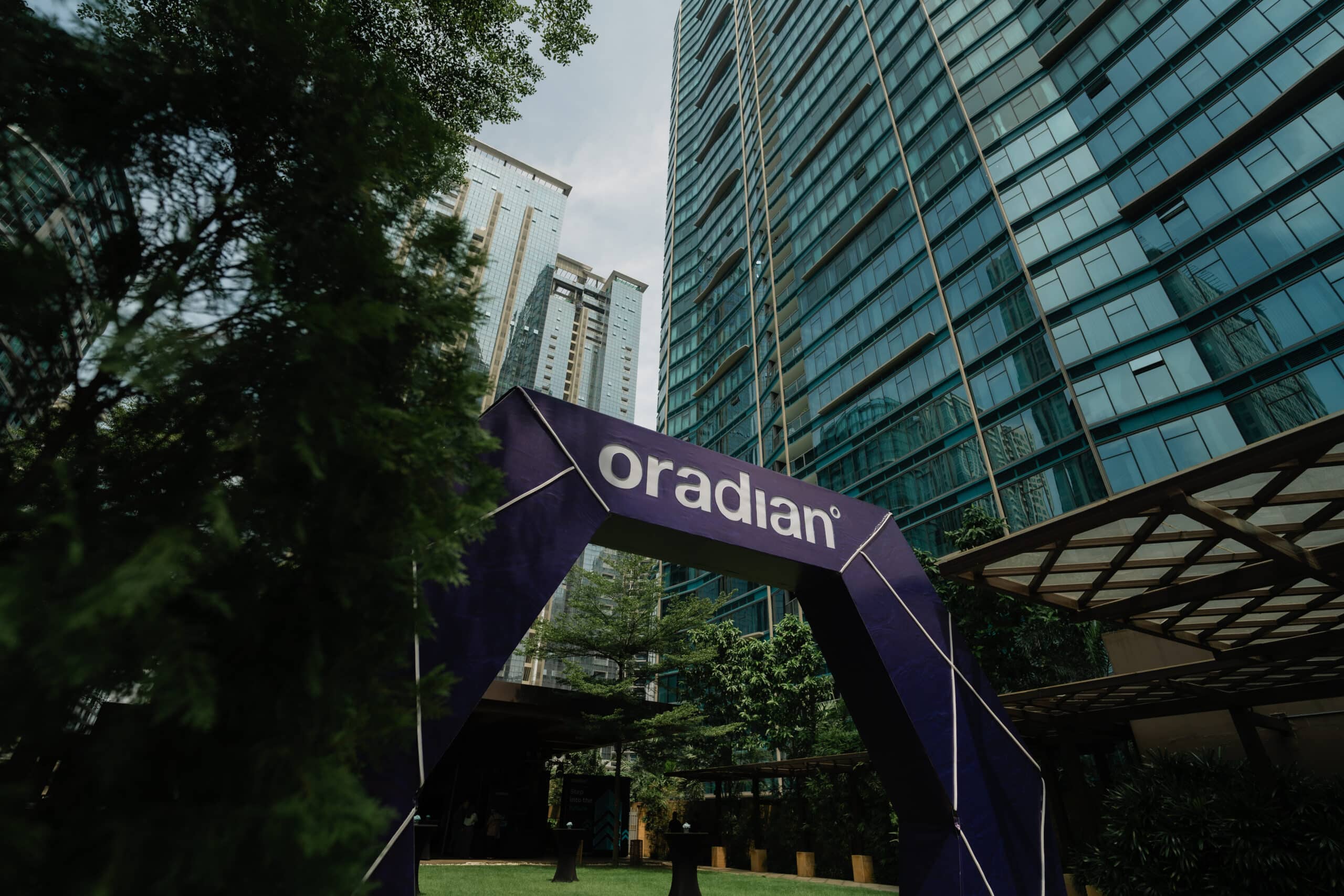This is the Age of Instantly, so it’s no surprise that a buy-now-pay-later (BNPL) craze is sweeping the world. Consumers in the Philippines are no exception, and local banks, fintechs, financing companies, payment services providers, and merchants all want a slice of the action.
In Europe the foremost player, Klarna, recently raised US$639 million in a funding round which valued the business at US$45.6 billion, making it Europe’s most valuable start-up. Most of the world’s pioneering BNPL players are fintechs (Klarna, Affirm, AfterPay, Cashper, Divido, LayBuy) but now global payment brands such as PayPal and even Amex are also moving in.
With the right approach, BNPL means not just a new way of slicing up the unsecured loans market, but a also to massively expand it. And thanks to its highly distinctive make-up, its estimated that the Philippine market could see five-fold growth while still allowing those taking part to maintain decent standards of risk management.
What is buy-now-pay-later (BNPL)?
Buy-now-pay-later is far from a one-size-fits-all concept. McKinsey and Company has identified five types of “point of sale financing”:
- Integrated shopping apps
- Off-card financing solutions
- Virtual rent-to-own (VRTO)
- Card-linked instalment offerings
- Vertical-focused larger-ticket plays
But the model that has caught the imagination of consumers and swept the world is the simple “Pay in 4” concept. Instead of paying for an item or service at the time of purchase, the consumer pays in four interest-free installments.
A range of products describe themselves as BNPL, but some of their most common characteristics are:
- Short-term financing – weeks or months, not years
- Interest-free
- Unsecured financing
- Items with low or modest ticket prices
- Offered for a specific time, place, or product (i.e., not a general line of credit)
- Offered or activated at point-of-sale (whether in-store or online).
There is no single shape to BNPL products, and in the Philippines there is considerable overlap or between “true” BNPL products and other credit products such as GCredit, GCash’s “personal revolving credit line.”
Consumers like BNPL because it is more affordable (or makes a higher number of purchases affordable at the same time) and – unlike traditional credit products – there are no interest charges. Many BNPL products are available at the time and point of purchase with minimal additional steps, and may not require a traditional credit check.
Buy-now-pay-later business and risk models
Retailers like BNPL for the basic reason that it results in more sales and new customers. For online merchants, BNPL means not only bigger baskets but fewer abandoned ones. Although these benefits may be offset by the cost of offering BNPL, it may now be a case of “play or go home” as BNPL becomes the standard.
A few merchants run their own BNPL service, but the most common arrangement involves a third-party BNPL supplier. These are often fintechs – and some have been set up with the express purpose of supplying BNPL – but finance companies, payment service providers, neo-banks and, to a lesser degree, traditional banks have also entered the game.
The business model usually involves the BNPL provider charging the merchant a commission fee. This is generally in the 4-8 range – about twice the transaction fee charged by debit/credit card providers. In return, the BNPL usually assumes all subsequent activities and risks including defaults and liabilities arising from fraud and so on.
Who’s offering buy-now-pay-later in the Philippines?
There are already dozens of BNPL brands active in the Philippines. Here are just a few:
- The app-based Plentina launched in the Philippines in 2020. Users apply online for credit to spend at partner merchants such as 7-Eleven, Cliqq, and Smart. Credit scoring is based on phone data.
- TendoPay requires valid ID and proof of income before approving BNPL purchases with 200+ online partner merchants, ranging from Anson’s to Zeus.
- UnaPay describes itself as BNPL but charges consumers between 3% and 10% interest per month.
- Akulaku’s multi-purpose finance and e-commerce app includes a “Shop on Installment” feature, sometimes with no down-payment required.
- Atome’s pitch to the consumer is simple and succinct: “3 easy payments. 0% interest.” It partners with thousands of retailers in Southeast Asia.
- First Digital Finance’s billease product describes itself as “Blissful Shopping. Easy Billing.” although most loans carry interest.
- The Cashalo app is owned by Hong Kong based fintech Oriente. It partnered with Paloo Financing to offer 0% BNPL through Spyder, Gear Up, Vans, Fila, Centroplay, Bikelane, Motoactive, BNY Jeans.
- The ubiquitous Grab offers a service called Grab PayLater which applies BNPL to online purchases with a wide range of partners, from groceries to car parking to doctors.
In addition to the consumers, merchants, BNPL providers, financing organisations, and credit/trust scorers, there are a host of other players handling the repayment side of the equation, including GCash, PayMaya, GrabPay, 7-Eleven, Bayad Center, LBC, and Cebuana Lhuillier.
Meanwhile, fintechs such as Amount, Jifiti, and Certegy are producing white label products which make it easier for organisations to quickly set up their own BNPL offering.
Boom or bubble for BNPL?
One of the reasons (other than consumer demand) for the growth of BNPL into a multi-billion-dollar industry within just a few years is that in many places, BNPL sidesteps the regulators.
Much BNPL financing is technically “interest free”, but the penalties for defaulting on repayments are sometimes punitive and frequently not made obvious to consumers. Unregulated BNPL providers have no obligation, for example, to be confident of the purchaser’s ability to repay. In many countries there has been increasing demand for regulators to step in.
What’s the potential of buy-now-pay-later in the Philippines?
According to figures from global payment services provider Worldpay from FIS, many sectors in the Philippines are set for a period of significant growth. For example:
- E-commerce is expected to grow by more than 15% annually through 2021–2024
- Digital wallets are set to become the dominant payment method in e-commerce
- The use of BNPL services will more than double between 2020 and 2024 across the APAC region.
While the COVID-19 pandemic had a devastating impact on bricks-and-mortar stores in the Philippines as elsewhere, Worldpay predicts the country will see the largest annual growth rate in the APAC region for the next few years – 9.4% through 2024. And while cash will remain the leading POS payment method, digital/mobile wallets are expected to see growth rates of over 25%. The use of digital/mobile wallets already doubled over the pandemic period of 2020/21 as shoppers sought a more contactless experience.
BNPL potential in the Philippines
So, habits are changing. People already understand the concept of BNPL, and there is huge potential for growth. BNPL currently accounts for only around 3% of e-commerce payments and 2% of point-of-sale payments in the Philippines (see charts), so the country is starting from a low base. Nevertheless, there are many reasons to believe we’re about to see an explosion:
- BNPL is generally more popular with younger people and the population of people in the Philippines is heavily skewed in this direction. The median age of a Filipino is just under 26.
- There are 51 million residents living outside the traditional financial ecosystem. The Central Bank of the Philippines’ 2019 financial inclusion survey report found that just 30% of Filipino adults have access to a bank account. Yet 53% of Filipino adults use the internet and 60% have a mobile phone. BNPL solutions can target this segment of the population very effectively.
- BNPL is an established concept, if not under this name. For years, MFIs and finance companies have been helping the country’s micro-entrepreneurs whose incomes are seasonal to make essential purchases.
- Finally, there’s the increasing availability of “alternative” sources of credit or “trust” scoring. With so many unbanked people, only about 4% of the population has a credit score. There is still no centralised credit reporting in the Philippines with banks having to rely on their own data, or external sources such as the Bankers Association of the Philippines Credit Bureau or the CCAP C4 (Consolidated Cancelled Credit Cards) negative file.
Alternative and often creative ways of assessing an individual’s ability to repay have evolved. These include trust scores based on social media, smartphone data, and wallet history (GCash, for example, analyses wallet usage to rate a user’s credit worthiness in the form of a GScore).
The idea of scoring “credit-invisible” markets has caught the attention of global players. In March 2021, credit score specialists Experian announced a partnership with FinScore to deliver telco data credit scoring to the unbanked and underbanked populations in the Philippines.
These new approaches offer great social value too, potentially opening new sources of credit for Filipinos who may have previously had no other recourse than through informal means and unlicensed “five-six” money lenders.
How does telco data scoring work?
Telco data can be used to assess an individual’s credit worthiness without needing to access credit history. In the Philippines, FinScore does this by analysing more than 400 telco variables. These include data and voice usage, top-up patterns, location, and SIM age. Companies use machine learning or AI on the data to produce alternative credit assessment scores which have proved highly reliable.
Who wins in the Philippines?
Amazingly, the answer could be anyone with an appetite for developing new products based on unsecured lending. The size of the market is not a limiting factor.
For rural banks, finance and lending companies, it’s not such a big stretch from what they are doing now to what’s involved in BNPL. What’s changing is the demand – from consumers and from merchants – both online and in bricks-and-mortar stores.
With commercial banks lending only to the most affluent 5% of the population, the field is wide open for providers with the right appetite for risk or, perhaps more importantly, the imagination to embrace the new ways of credit scoring that promise to mitigate the risks of uncollateralised loans. The prize is big: it’s estimated that the Philippines’ current unsecured lending market of US$ 10 billion represents just one-fifth of the potential.
How to launch a buy-now-pay-later product
If you want to launch a BNPL product, here’s what you need from your core platform:
Scalability
BNPL is a rapidly growing market with huge potential. Oradian’s cloud-based core banking platform allows for limitless, uninterrupted growth, and its SaaS pricing model means you only pay for what you use. Oradian helps you grow and grows with you.
A reliable loan management system
A robust and flexible loan management system such as Oradian’s ensures the entire loan lifecycle is handled as simply, efficiently, and effectively as the CX at the point-of-sale. Without it, customer relationships will be short-lived.
Speed to market
As we’ve seen, endless variations lie behind the fundamental core of BNPL. To compete in this market, players must be willing and able to develop new loan products and take them to market rapidly. Oradian vastly reduces the amount of time it takes to do this.
Flexibility
The key to staying competitive is being able to adapt fast to an ever-changing market. The most reliable credit/trust scoring services of today may not be those of tomorrow. It’s only possible to adapt and change quickly through a core system’s deep and open APIs.
- Limitless interoperability: As with most modern financial products, BNPL involves multiple partners:
- The BNPL provider
- A financing company
- Online and/or offline retailers
- Traditional or alternative credit/trust score providers
- Repayment channels.
Linking between multiple (and potentially changing) partners in a seamless process requires agility, flexibility, security, and speed. This is a combination that can only be provided through open APIs.
For example, compare the customer experience involved in being asked to upload bank statements as proof of income with simply requesting permission to access bank statements through an open banking API.
Of course, open APIs are also an essential part of the repayment process to seamlessly allocate payment made via a variety of channels from 7-Eleven stores to GCash wallets to bank transfers.
Oradian is designed to connect with the evolving financial ecosystem using open APIs, making it quick and easy to connect with – for example – the alternative credit scoring services of today and tomorrow. Oradian is future-proof.
If you’re interested in discovering how Oradian’s cloud-based core banking system can unlock growth for your business, get in touch with one of our business intelligence experts for a free overview of the Oradian system.






